Netherlands to deploy 300 troops with Patriot systems to Poland to safeguard arms deliveries to Ukraine
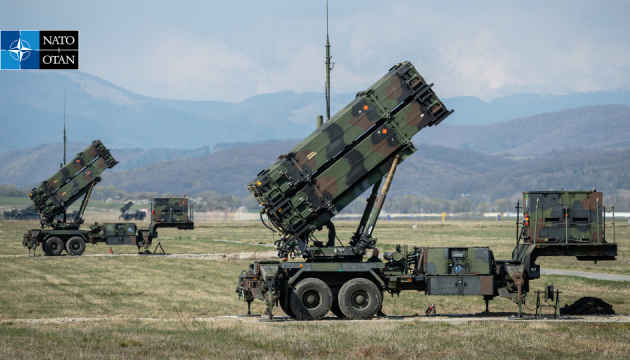


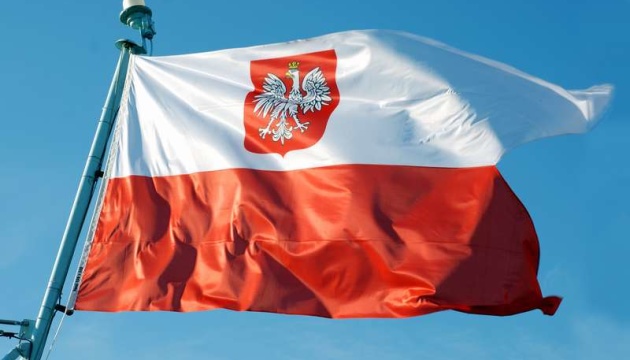

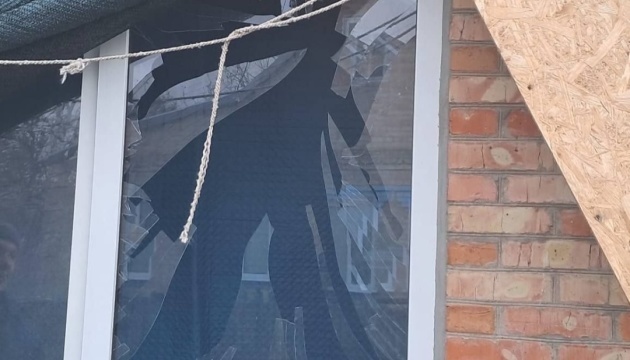

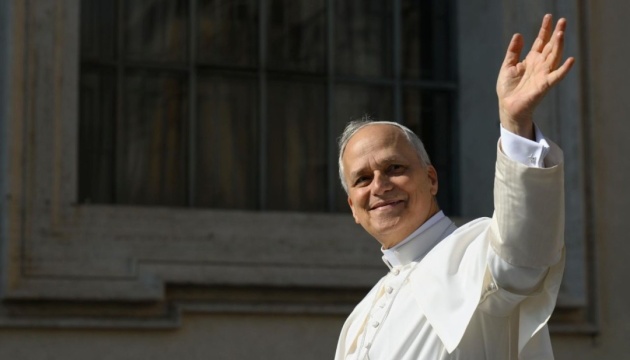

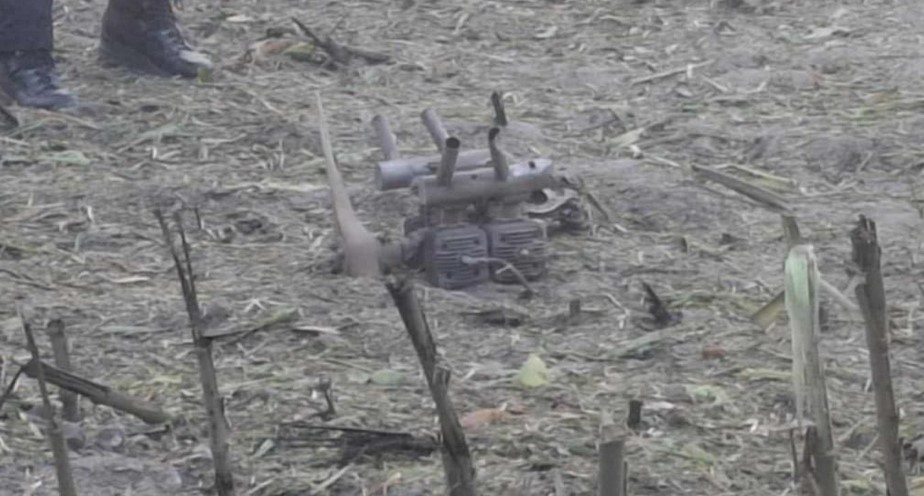

Polish prosecutors reported that a military drone of unknown origin likely exploded overnight in a cornfield near the village of Osiny in Lublin Voivodeship, about 100 km from Ukraine, 90 km from Belarus, and just 40 km from Warsaw. The blast, shortly after 2 a.m. local time, shattered windows in nearby houses and scorched an 8–10 meter patch of farmland, but caused no casualties.
The incident comes amid a pattern of Poland scrambling fighter jets almost every time Russia launches major strikes on Ukraine. These flights are intended as a precaution, though they have never resulted in interceptions, since NATO aircraft only act if an object directly threatens alliance territory.
Osiny, lubelszczyzna, ok. 100 km od granicy z Ukrainą. Policja odnalazła nadpalone, metalowe i plastikowe szczątki. https://t.co/tdwN6vQ0cq pic.twitter.com/zz3D7Wmi2V
— 1 Star (@PawelSokala) August 20, 2025
At the site, authorities recovered burned fragments of metal, plastic, and a drone engine. Journalists from both Ukraine and Poland noted these parts resemble those used in Russian Shahed kamikaze drones.
Defense Express highlighted that investigators found a four-stroke MD550 engine, typical of Shahed drones, though with an unusual muffler—raising questions about whether the drone malfunctioned or lost its way.
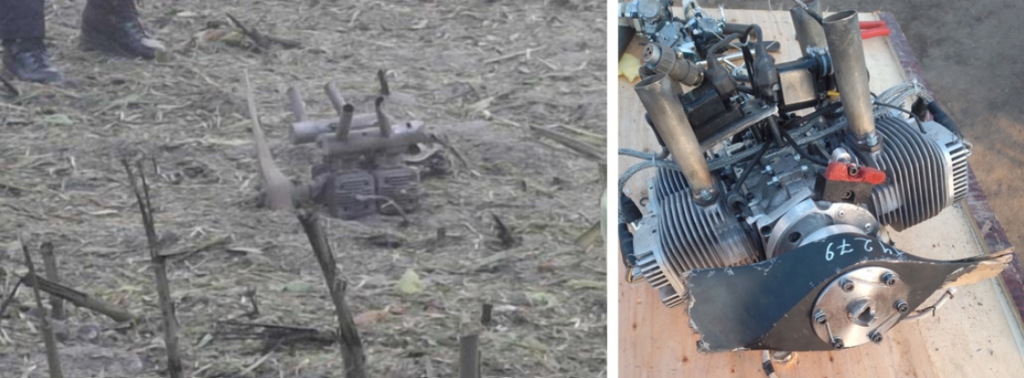
Initially, Poland’s Armed Forces stated there were no violations of its airspace from Ukraine or Belarus that night. Later, Lublin prosecutor Grzegorz Trusiewicz said:
“The nature of the explosion shows this object was most likely a military drone. Its trajectory and origin remain undetermined.”
The explosion coincided with air raid alerts in Ukraine’s Lviv and Volyn Oblasts. Russia had launched a barrage of drones—estimated at more than 90 Shahed drones—and two Iskander-M ballistic missiles.
In May 2023, a Russian Kh-55 cruise missile carrying a dummy nuclear warhead crashed near Bydgoszcz, 450 km from the Ukrainian border. Initially, officials denied any airspace violation, only later confirming the breach — sparking a domestic scandal.
Similar incidents have also occurred in Romania, Lithuania, Latvia, and Moldova, where Russian drones and missiles have landed since the start of the full-scale invasion. Ukraine has repeatedly warned that such events highlight how Moscow’s air campaign against it also endangers NATO members.
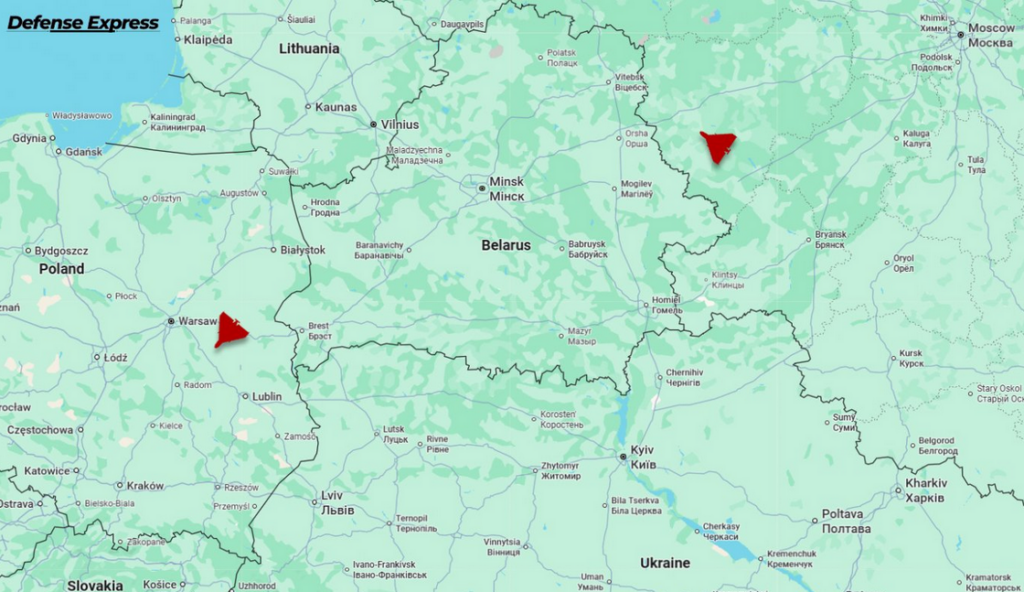
By midday, Deputy Prime Minister and Defense Minister Władysław Kosiniak‑Kamysz stated the drone was believed linked to Russia.
“Once again, we are dealing with a provocation by Russia. We are dealing with it in a crucial moment, when discussions about peace (in Ukraine) are underway,” he said.
General Dariusz Malinowski added that intelligence pointed to a Russian origin, though the precise intent—malfunction or deliberate incursion—was still uncertain.
Poland’s Foreign Ministry announced it will send a formal protest note to Russia and brief NATO allies. Spokesperson Paweł Wroński stressed:
“We will inform our allies about this incident. Poland’s airspace is endangered by this war, and this proves NATO states are at risk.”
Foreign Minister Radosław Sikorski condemned the event as “another violation of our airspace”, emphasizing that Poland’s foremost NATO mission remains the defense of its territory.
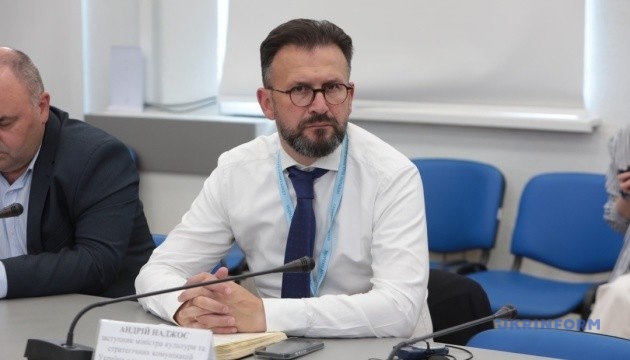





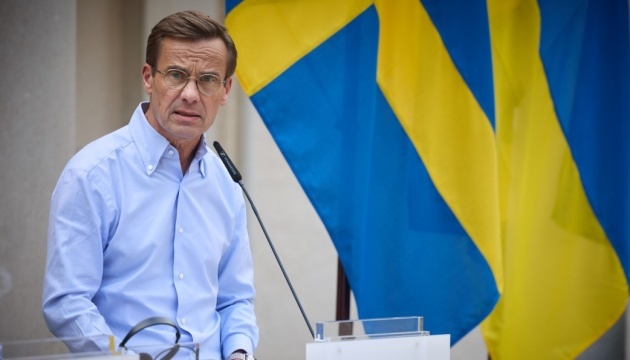



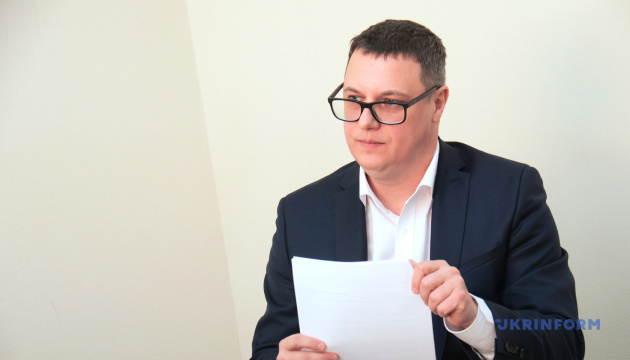



© Belarusian Presidential Press Service
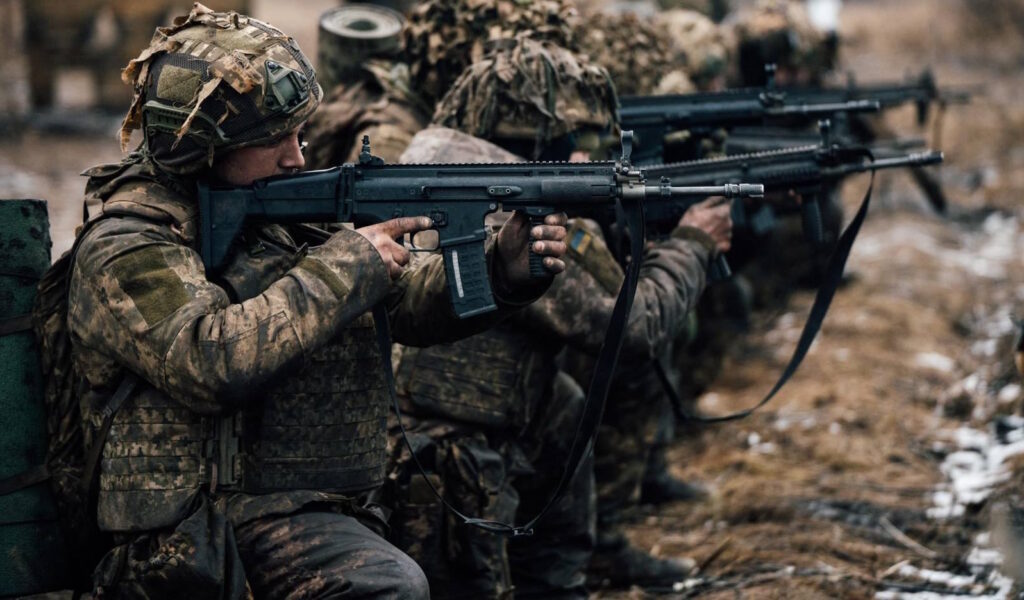

European officials are actively discussing plans to send British and French military personnel to Ukraine as part of security guarantees following any cessation of hostilities, with approximately 10 countries expressing readiness to participate in the initiative.
Bloomberg reports the security package could take shape this week, as officials rush to finalize details before a potential Putin-Zelenskyy meeting initiated by Trump.
But will America participate? President Trump ruled out US boots on the ground, but offered something else – logistics and air support. Not soldiers.
“We’re willing to help them with things, especially — probably you could talk about by air, because there’s nobody that has the kind of stuff we have,” he told Fox News.
Here’s how the European plan would work.
First stage: European troops stationed away from combat zones, focusing on training Ukrainian forces and providing reinforcements. Think military advisors with real backup, not symbolic presence.
Second stage: American intelligence sharing, border surveillance, weapons, and potentially air defense systems. Europe expects the US to keep providing military hardware through European partners, even without direct American deployment.
Italian Prime Minister Giorgia Meloni also proposed a NATO-like security guarantee—strong allied commitments without actual NATO membership. White House meeting on 18 August gave Trump’s backing for the approach.
Here’s the catch: several European officials remain skeptical about whether any guarantees will actually deter Putin or lead to lasting peace. The plan assumes Russia wants to end the war. That assumption hasn’t been tested.
While European leaders publicly support Trump’s efforts to hold talks with Russia and push for peace in Ukraine, they expect the talks to fail and expose Putin’s true intentions of not willing to end the killings.


Today, the biggest news comes from Belarus. President Alexander Lukashenko has openly warned his population to prepare for war, with new brigades being mobilized on the border and the groundwork being laid for rapid mobilization.
In his television address, Lukashenko told Belarusians to prepare for war and difficult times ahead, pushing through legal amendments that would allow martial law and authorize full-scale mobilization far more easily.
Concrete moves on the ground are matching this warning. Belarus is forming a new full special operations brigade in Homel, within striking distance of Ukraine’s northern flank.
The brigade is set to receive Russia’s new Oreshnik ballistic missiles alongside advanced air defense and reconnaissance systems, supplementing existing Iskander launchers. This gives Belarus long-range and even nuclear strike capabilities.

If Belarus enters the conflict, two main scenarios are in play:
Northern Ukraine’s forested terrain would favor Belarusian special forces, making the new brigade a looming warning sign.

The second daring scenario is an operation toward the Suwalki Gap, the narrow stretch of land between Belarus and Russia’s Kaliningrad exclave.
Capturing or threatening this corridor would connect Russian and Belarusian forces, splitting NATO’s eastern flank in two.
Notably, a Russian reconnaissance drone recently violated Lithuanian airspace over Vilnius before crashing in a Lithuanian army training ground—suggesting surveillance of NATO infrastructure.
These potential escalations coincide with the upcoming Zapad 2025 drills between Russia and Belarus, scheduled for September.
Previous Zapad exercises were used to disguise preparations for real operations—most notably in 2021, which set the stage for Russia’s full-scale invasion of Ukraine one month later. Reports already show troop redeployments to training areas that could double as staging grounds.

The West is taking notice. Germany has redeployed Eurofighter jets to Poland, stationing them east of Warsaw to reinforce NATO’s air policing mission.
Officials emphasize this is a defensive move in direct response to the Zapad drills, meant to strengthen deterrence without escalating to full-scale deployment.

Overall, Belarus’s preparations mark the most serious escalation on Ukraine’s northern border in over two years.
With Lukashenko’s rhetoric, new nuclear-capable systems, and sweeping legal changes, Minsk is setting the stage for open participation in the war. Whether aiming to cut Ukraine’s western lifelines or challenge NATO directly, the attack could come suddenly and with the element of surprise.
In our regular frontline report, we pair up with the military blogger Reporting from Ukraine to keep you informed about what is happening on the battlefield in the Russo-Ukrainian war.
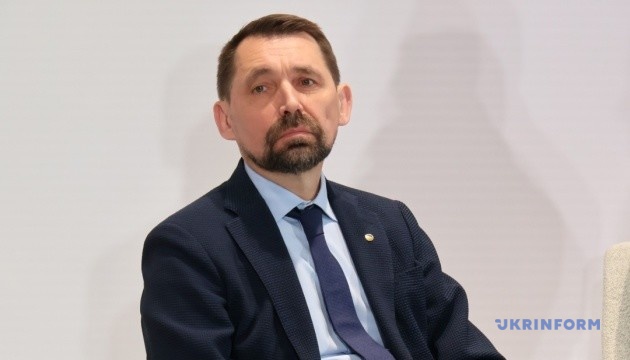

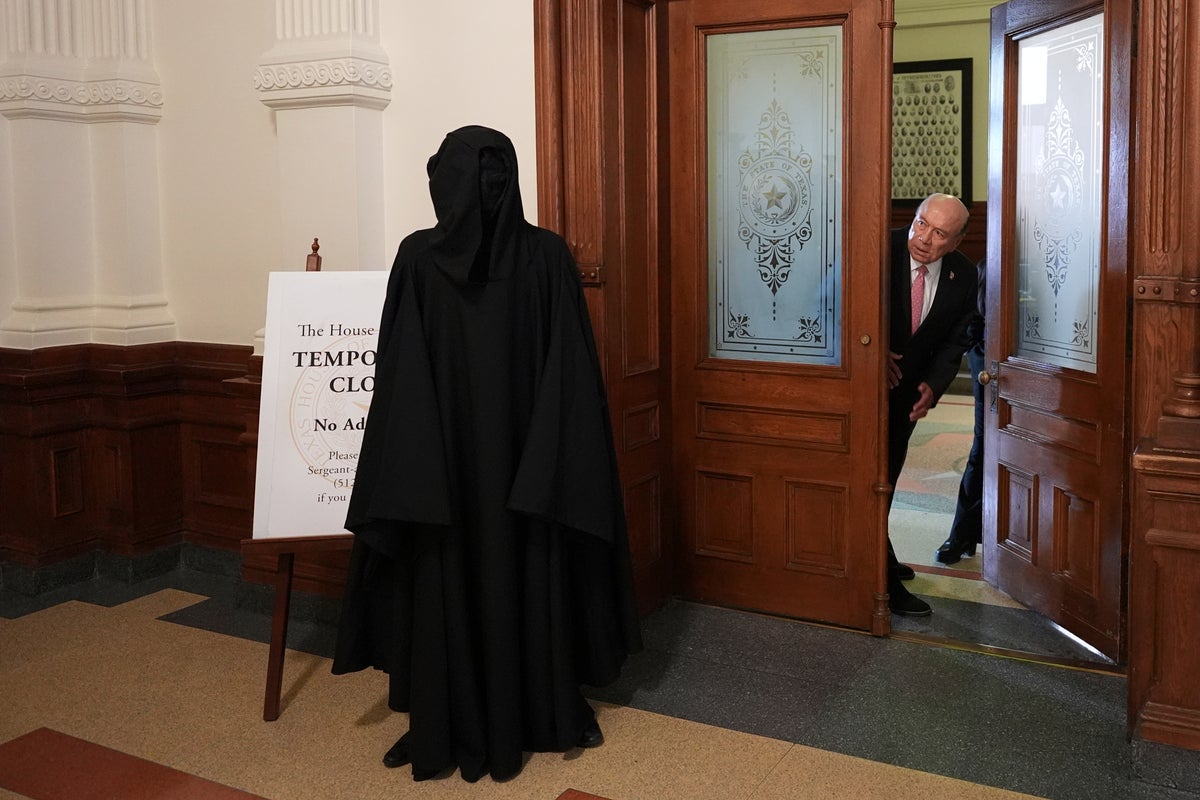

© Copyright 2025 The Associated Press. All rights reserved
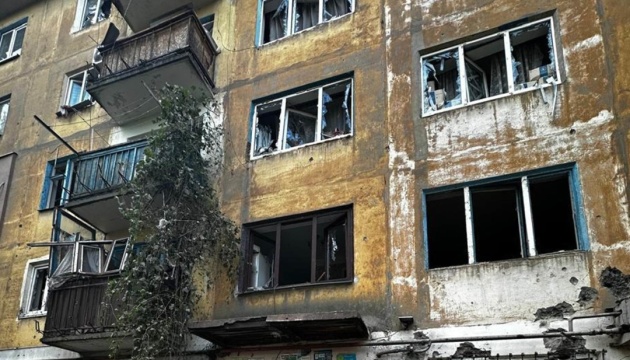

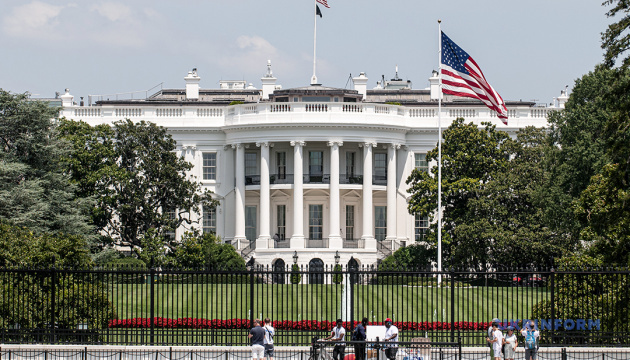



© Copyright 2025 The Associated Press. All rights reserved


Ukraine’s hryvnia will remain stable around 43.5 per dollar through 2025, Dragon Capital chief economist Olena Bilan said on the “What’s Up with Economy?” podcast this week.
The forecast from Ukraine’s largest investment firm comes as the National Bank actively defends the currency despite ongoing war pressures and mounting labor shortages.
“The National Bank has more room to maneuver and more opportunities to keep the exchange rate more or less stable,” Bilan said. “So it is possible that we will not see any significant shifts by the end of the year.”
According to the Ukrainian Institute for the Future, the central bank sold $3.4 billion in July to support the hryvnia while international reserves fell from $45.1 billion to $43.0 billion. Recent policy moves include expanding the types of government bonds banks can use for reserves and encouraging domestic financing without money printing.
“We are trying to guess what the Central Bank will do, because the currency market remains under its control,” Bilan explained.
“The main goal of all NBU actions is to bring inflation back to target and keep it there.”
However, Ukraine faces a growing challenge due to its shrinking workforce. “Since 2023, there has been a significant shortage of personnel on the labor market, especially skilled workers, which is pushing wages up,” Bilan warned. Continued mobilization keeps draining workers from the economy, creating wage pressures that threaten price stability.
Economic data shows this tension. Inflation was 14.1% in July with consumer prices falling 0.2% month-on-month, but the NBU raised its 2025 inflation forecast from 8.7% to 9.7% while cutting GDP growth projections from 3.1% to 2.1%.
Dragon Capital’s 43.5 forecast strengthened from earlier projections of 44, reflecting confidence in monetary policy management.
For Western donors, currency stability demonstrates that aid reaches a functioning economy rather than disappearing into monetary chaos.
The bigger question is whether Ukraine can maintain this balance between mobilization needs and economic stability as the war continues. Bilan’s cautious optimism suggests 2025 will test both the central bank’s tools and the economy’s resilience.
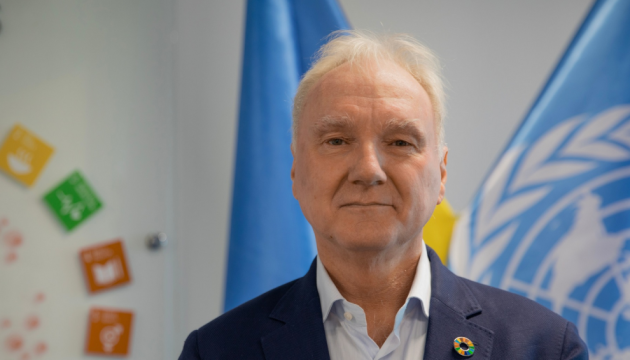



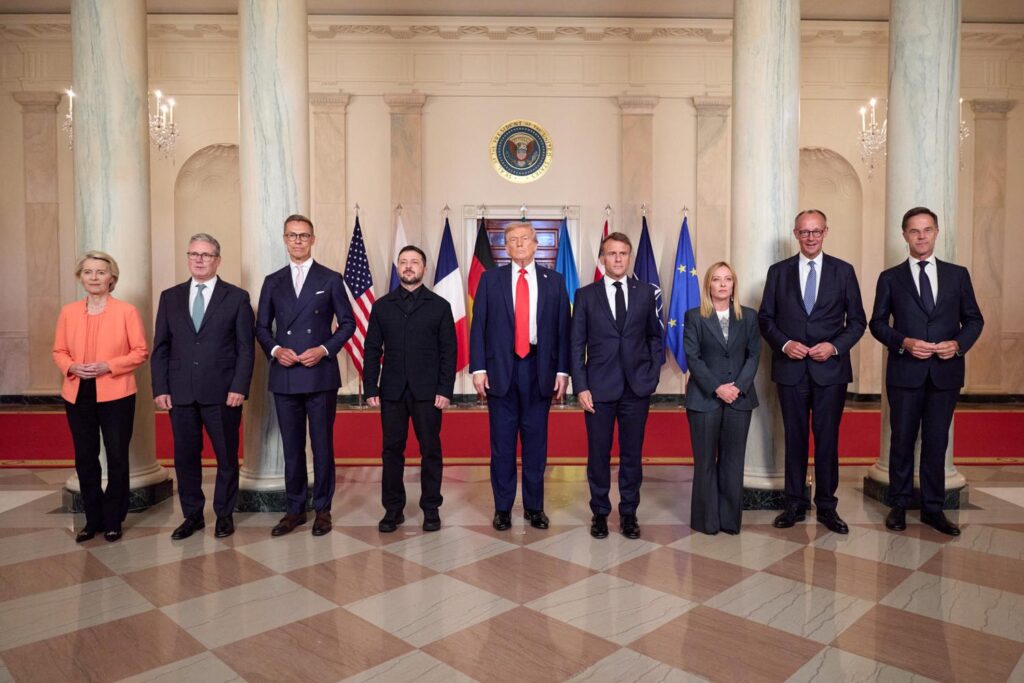

Why are European leaders backing Trump’s peace negotiations they think will likely prove unsuccessful?
They want Putin’s unwillingness to genuinely end the Ukraine war exposed.
Five diplomats familiar with the discussions revealed to Politico a calculated approach: praise Trump publicly while privately preparing for the talks to reveal Putin’s true intentions.
“It’s clear that if we end up in a situation where Putin proves he doesn’t want to end the war, that will force Trump to act,” one diplomat explained.
The goal? Stronger sanctions when negotiations inevitably stall.
Emmanuel Macron has become the most vocal skeptic. The same leader who once tried preventing war through diplomatic outreach to Putin now calls the Russian president’s bluff directly.
“Do I think that President Putin wants peace? The answer is no. If you want my deepest belief: No. Do I think that President Trump wants peace? Yes,” Macron said before heading to Washington. “I don’t think that President Putin wants peace. I think he wants the capitulation of Ukraine. That’s what he has proposed.”
A second diplomat confirmed to Politico that allies support the American initiative “not because they necessarily thought it would work but because it will be a clear test of Russian intentions.”
A third diplomat emphasized that security guarantees being developed would help Ukraine “negotiate from a position of strength.”
Meanwhile, Putin’s negotiating demands include:
Ukraine must abandon its plans to join NATO and adopt a neutral status.
Lifting or easing of some Western sanctions against Russia, including addressing frozen Russian assets in the West.
Recognition of Russian sovereignty over Crimea, annexed in 2014.
Ukraine’s withdrawal from Donetsk, Luhansk oblasts, Kherson, and Zaporizhzhia oblasts.
Protection and official status for the Russian language in Ukraine.
Guarantees for the Russian Orthodox Church Moscow Patriarchate in Ukraine.
Disarmament of Ukraine, including establishing limits on personnel, weapons, and armed forces.
Holding new elections in Ukraine under martial law lifted after initial troop withdrawals.
Sanctions pressure. European sources point to Washington’s tariffs against India over Russian oil purchases as the turning point. Putin agreed to engage with Trump only after feeling economic squeeze.
The next target? China’s trade with Russia.
But here’s the catch: European officials see current talks as preparation for that pressure campaign, not genuine peace prospects.
One diplomat put it bluntly: “Everyone is going through the motions. But we don’t know what Putin’s end game is. What will motivate Putin to give any concessions? I don’t know.”
Hungary emerges as one possibility for a Putin-Zelenskyy meeting. Macron proposed Geneva as neutral ground. But venue selection assumes the talks will occur. Growing Russian evasiveness suggests otherwise.
Russian Foreign Minister Sergey Lavrov says Moscow won’t reject talks but insists on preparation “step by step, gradually, starting from the expert level.” Putin suggested hosting a summit in Russia.
Europeans adjusted their red lines to work with Trump, softening demands for Russian ceasefire commitments before negotiations.
“There was some hope Trump could change his mind back on the ceasefire issue. That didn’t happen,” a fifth diplomat said, expressing concern over the difference in positions. “But overall it was still a good step towards peace.”
But they’re betting on a bigger prize: Trump’s recognition of Putin’s bad faith.
The American president already shows signs of skepticism.
“We’re going to find out about President Putin in the next couple of weeks,” Trump told Fox News. “It’s possible that he doesn’t want to make a deal.”
That admission gives Europeans what they want: justification for the sanctions escalation they’ve planned all along.
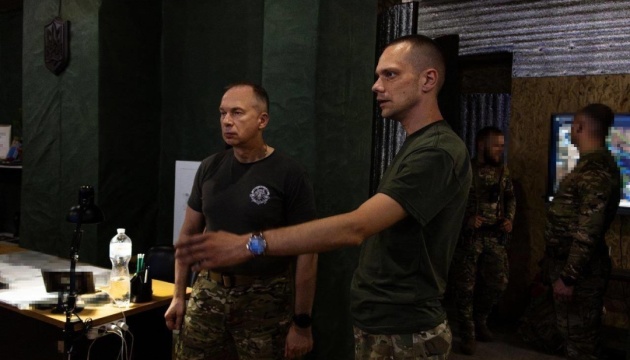

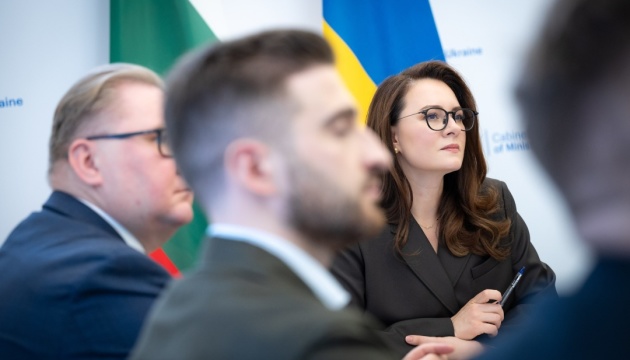

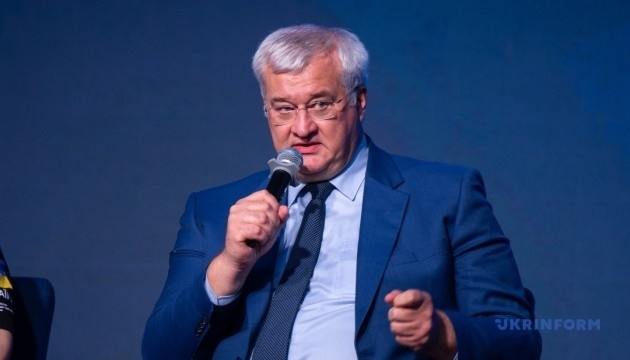




Keir Starmer’s commitment to deploy British peacekeepers to Ukraine has raised questions over whether the UK is ready for conflict, Alicja Hagopian writes

© Getty/PA

Republican insists sanctions could become necessary to punish Kremlin leader for snubbing diplomatic discussions on ending Ukraine war

© Getty


Ukraine’s military intelligence revealed that Russia is actively using an unnamed new drone with cellular communication and remote control capabilities.
The drone functions as a reconnaissance platform, a strike weapon, or a decoy designed to overwhelm Ukrainian air defenses with false targets, according to The Main Intelligence Directorate of Ukraine’s Ministry of Defense.
It can transmit live video through cellular towers and receive remote steering commands via LTE networks.
In strike mode, operators can guide the drone directly onto targets using first-person-view principles—essentially turning it into a manually controlled kamikaze weapon with a human pilot watching through the drone’s camera.
Ukrainian analysts describe a delta-wing design similar to the infamous Iranian-designed Shahed-131, though smaller. The resemblance isn’t coincidental because both use the same basic aerodynamic concept that’s proven effective for Russia’s drone swarm tactics.
A jam-resistant satellite positioning system uses four patch antennas paired with Chinese-made Allystar modules. This suggests Russia has specifically designed the drone to operate in electronic warfare environments where standard GPS might be blocked or spoofed.
A DLE engine mounted in the nose section makes the aircraft “most similar to the ‘Italmas’ loitering munition produced by the Russian Zala Group,” intelligence officers noted. But kamikaze drones put them up front since the whole aircraft is meant to crash into targets. This design choice signals the drone can switch between spying and suicide missions as needed.
Where do the parts come from? Nearly half the components trace back to Chinese manufacturers, according to the intelligence assessment. The shopping list includes communication modules, a minicomputer, power regulators, and quartz oscillators—all sourced from China’s commercial electronics industry.
Ukrainian intelligence published a detailed 3D model and component breakdown on the War&Sanctions portal, part of their ongoing effort to document and analyze Russian weapons systems. The technical dissection provides insight into how Russia continues adapting commercial technology for military purposes despite international sanctions.
The emergence of this drone variant highlights Russia’s evolving approach to unmanned warfare—combining proven airframe designs with commercially available communication technology to create more flexible and resilient weapons systems.
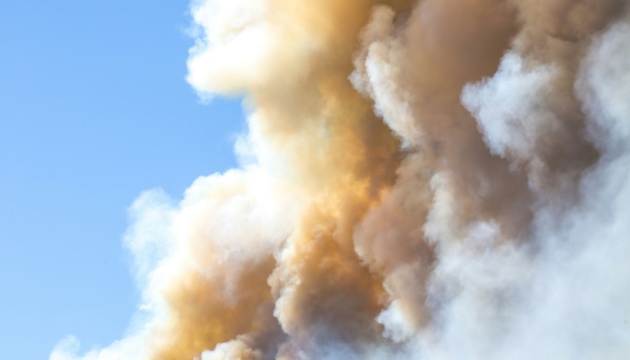

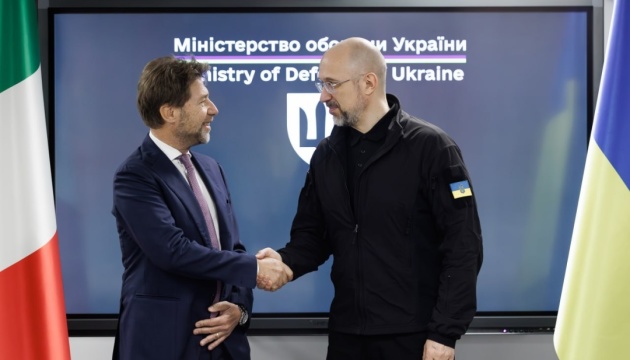

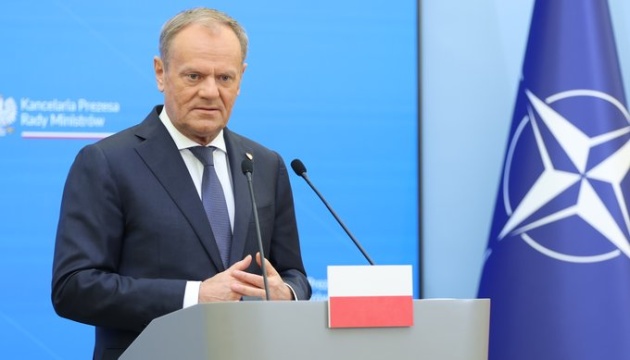

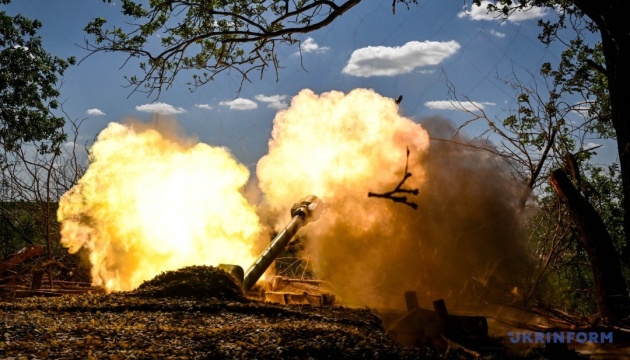



Commemorating the 1 June raid that destroyed or damaged 41 Russian strategic bombers now signals Ukraine’s growing confidence in deep-strike capabilities that fundamentally shift the strategic balance.
By turning military success into cultural artifacts, Ukraine demonstrates that Russia’s most threatening weapons — aircraft designed to deliver nuclear-capable missiles — are no longer untouchable.
The operation showcased Ukraine’s ability to coordinate precision strikes across vast distances using relatively cheap technology. Using 117 AI-trained FPV drones hidden in truck-mounted containers, Ukraine’s Security Service struck four airbases spanning three time zones: Olenya near the Arctic Circle, Ivanovo northeast of Moscow, Dyagilevo southeast of the capital, and Belaya in Siberia.
The mathematical reality is stark: drones costing thousands of dollars disabled aircraft worth billions.
The destroyed Tu-95 and Tu-160 bombers, along with A-50 early warning planes, represented roughly one-third of Russia’s strategic bomber fleet — the very aircraft Moscow uses to threaten Ukrainian cities and NATO territory with cruise missiles. Russia invested decades and enormous resources building these strategic assets, only to watch them burn on their airbases.
Since 2022, Ukrainian postal issues have evolved from cultural resistance symbols to strategic communication tools. The famous “Russian warship” stamp and Kerch Bridge commemoratives told stories of defiance. The Spiderweb stamps tell a different story: Ukraine’s growing ability to strike deep into Russian territory.
The stamp set, priced at 150 UAH ($3.62) with first-day covers at 15 UAH ($0.36), will travel worldwide — carrying the message that Ukraine can reach targets Moscow thought safe. Each envelope becomes a reminder that Russia’s threat projection capabilities are shrinking.
The operation demonstrates that Ukraine has developed indigenous capabilities — truck-based mobile launch platforms, AI-guided swarm coordination, and continental-range strike abilities — that complement Western-supplied weapons. For Russia, the raid exposed that geography provides less protection than Moscow assumed.
The postal commemoration ensures this tactical victory becomes part of Ukraine’s strategic narrative — proof that innovation and determination can neutralize even the most expensive instruments of intimidation.


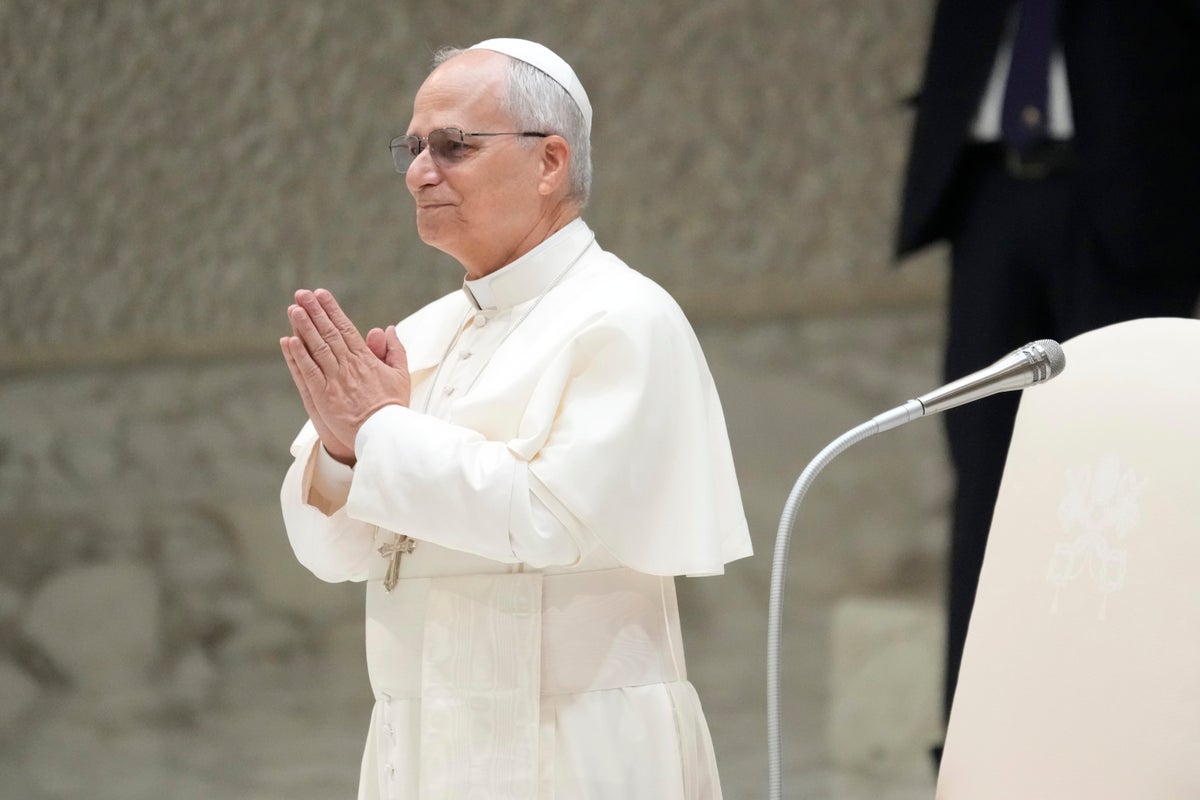

© Copyright 2025 The Associated Press. All rights reserved
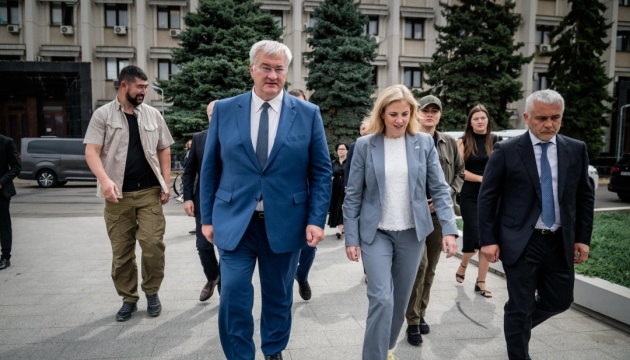

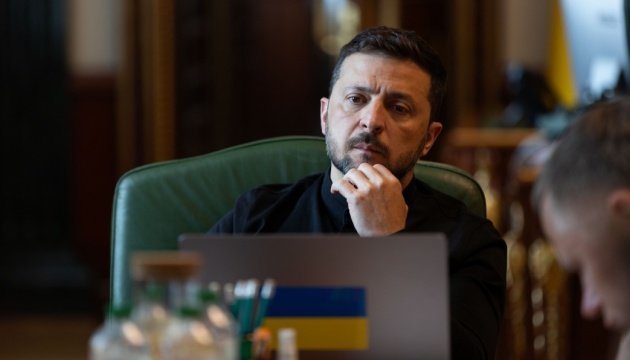

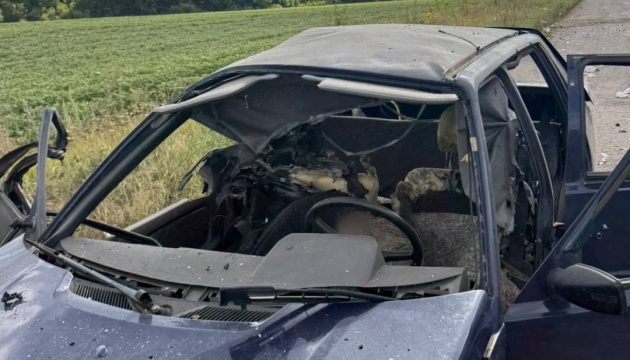

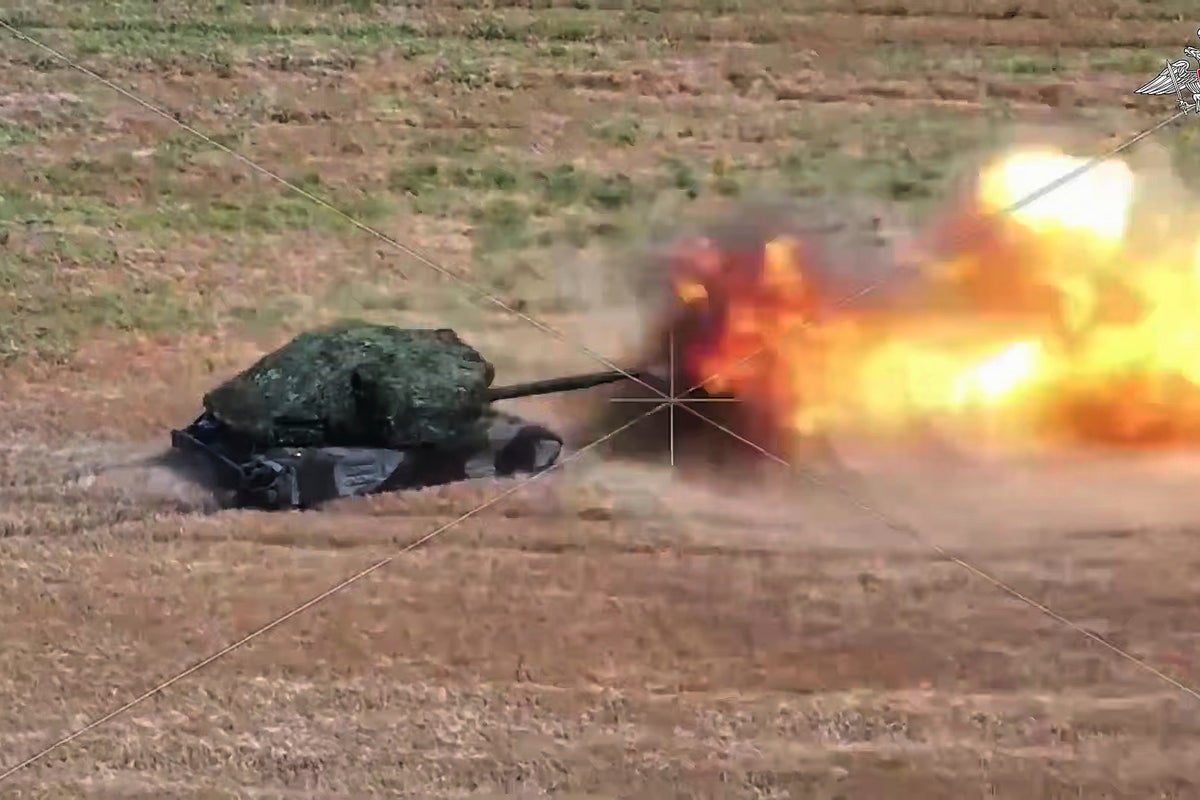

© Russian Defense Ministry Press Service
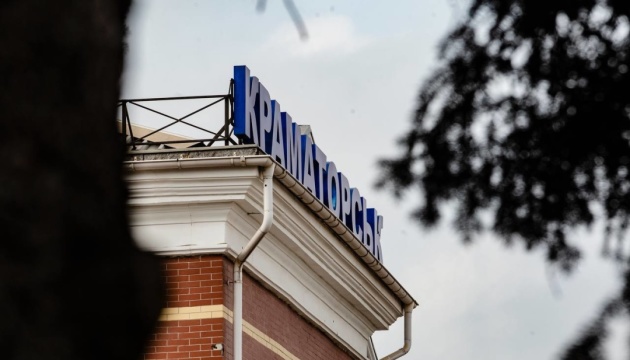



How serious is Russia about peace? While Donald Trump works to arrange a summit between Putin and Zelenskyy to push for a peace agreement, Russian forces launched another wave of attacks against Ukrainian civilians early 20 August morning.
Russian forces fired two Iskander-M ballistic missiles and Iranian-designed 93 Shahed drones across Ukraine, according to Ukrainian Air Force. Ukrainian air defense intercepted one missile and 62 drones, but strikes still hit 20 locations nationwide.
Izmayil, a port city in southern Odesa Oblast, took direct strikes that damaged fuel and energy infrastructure, according to the Odesa Regional Prosecutor’s Office and State Emergency Service.
One person was injured and hospitalized, officials reported. The strikes sparked a massive fire that required 54 rescuers and 16 specialized vehicles to contain. Ukrainian Railways deployed a fire train, while National Guard fire units and local brigades joined the response.
The Izmayil District Prosecutor’s Office opened a war crimes investigation, while prosecutors and police are documenting damage at the scene.
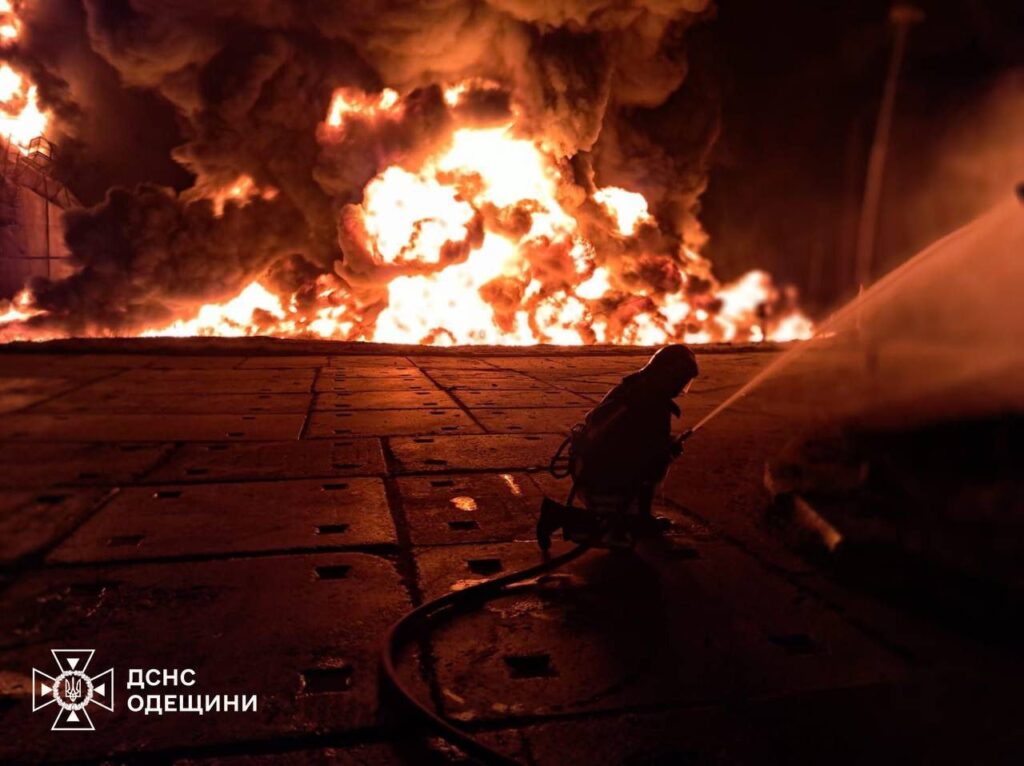

The northern city of Okhtyrka in northeastern Sumy Oblast faced a massive attack that injured 14 people, including three children. Multiple locations were struck simultaneously across the city.
The youngest victim is not even a year old yet. The boy has an acute stress reaction, but there is no threat to his life.
Emergency workers pulled a woman from rubble and transferred her to ambulance crews, according to regional authorities. The strikes damaged an apartment building, 13 private homes, an outbuilding, and a garage. Several cars were destroyed, and fires broke out across impact sites.
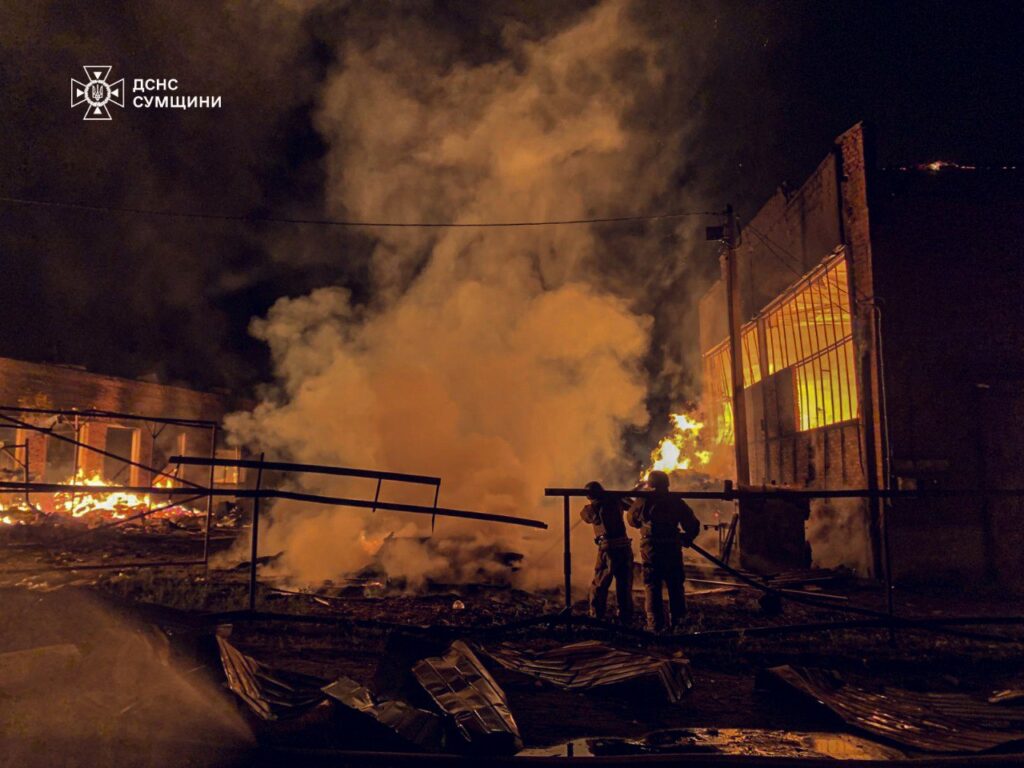
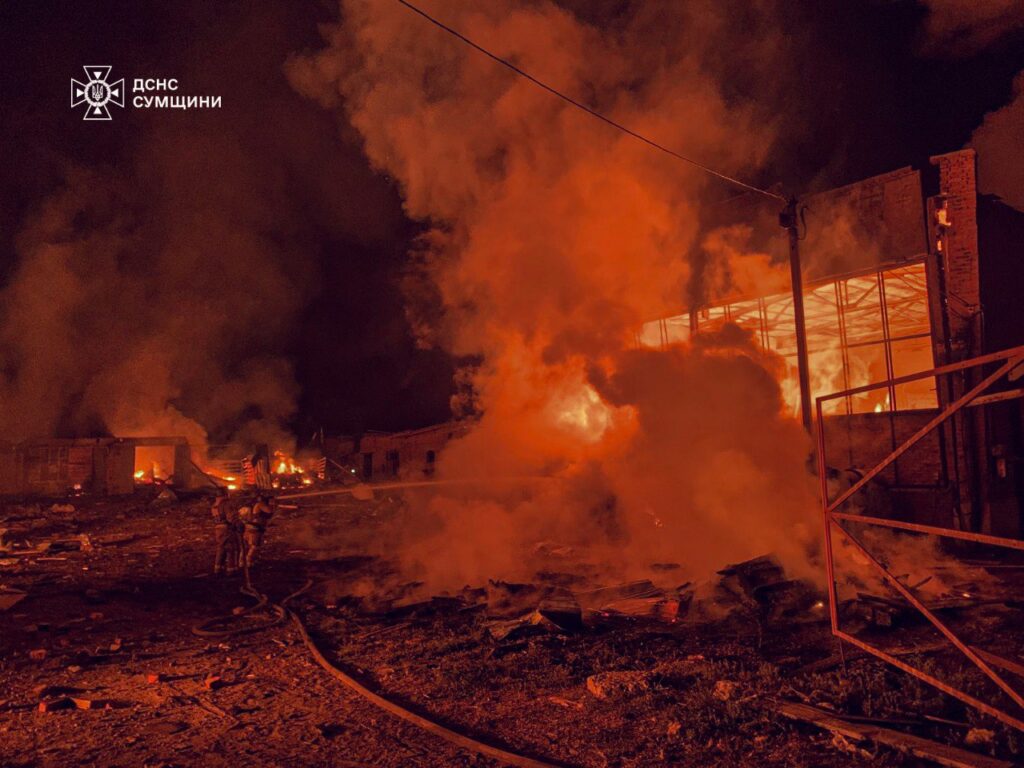
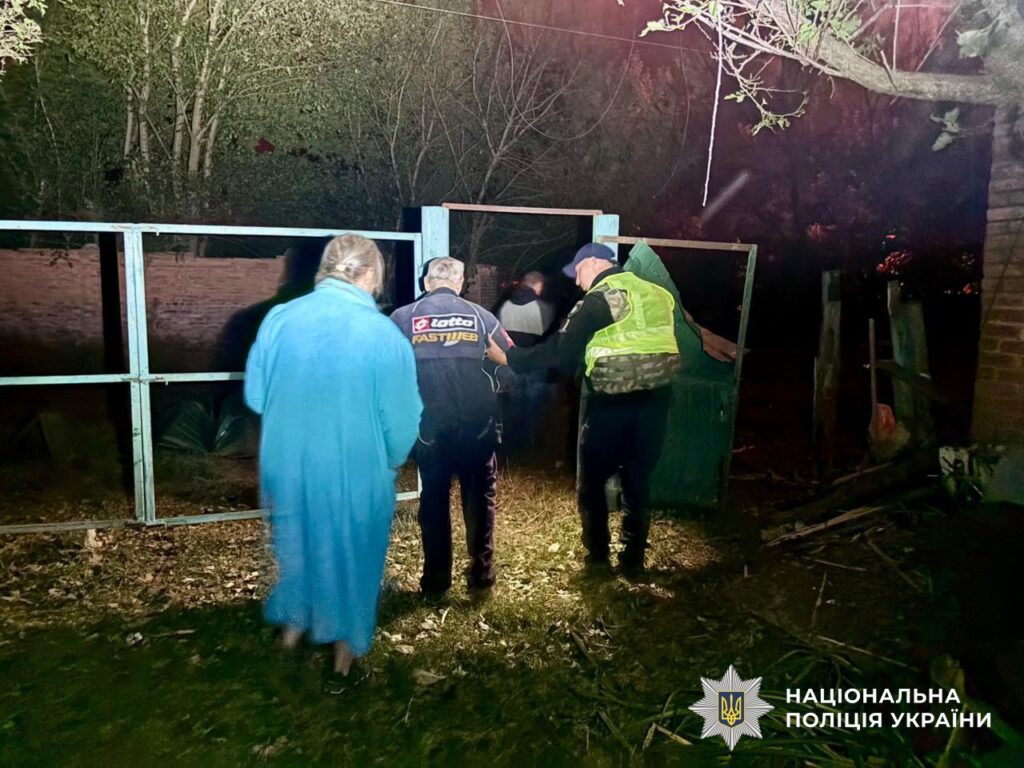
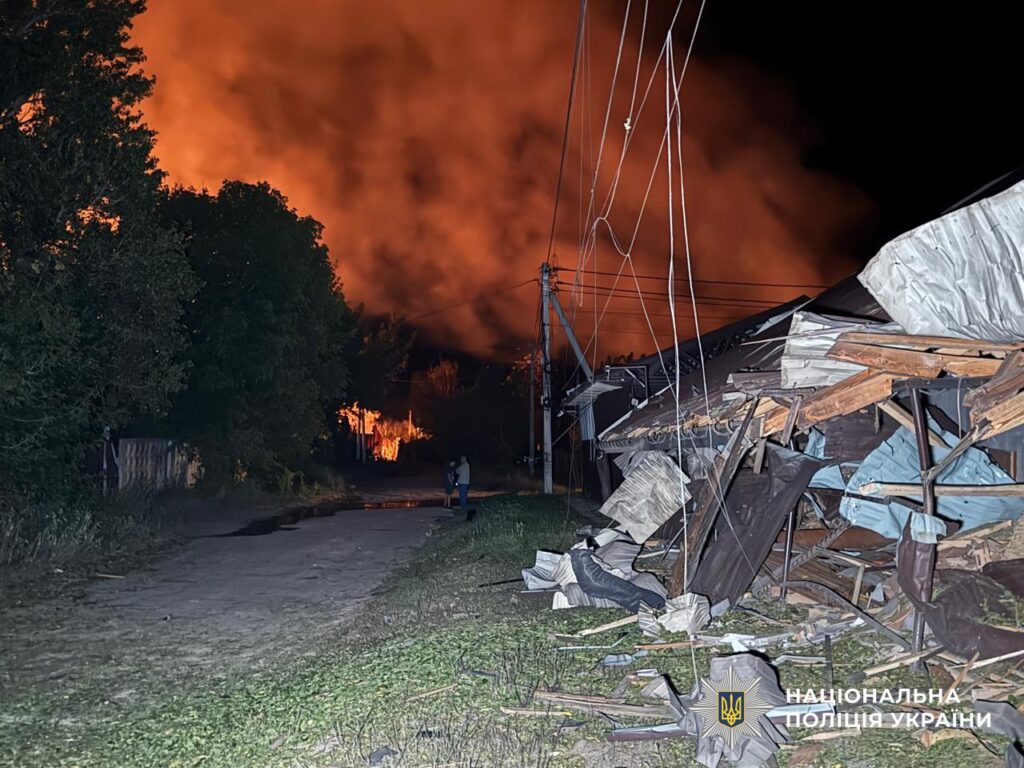
Rescue teams extinguished all fires, the State Emergency Service reported. The scale of damage suggests coordinated targeting of residential areas rather than military infrastructure.

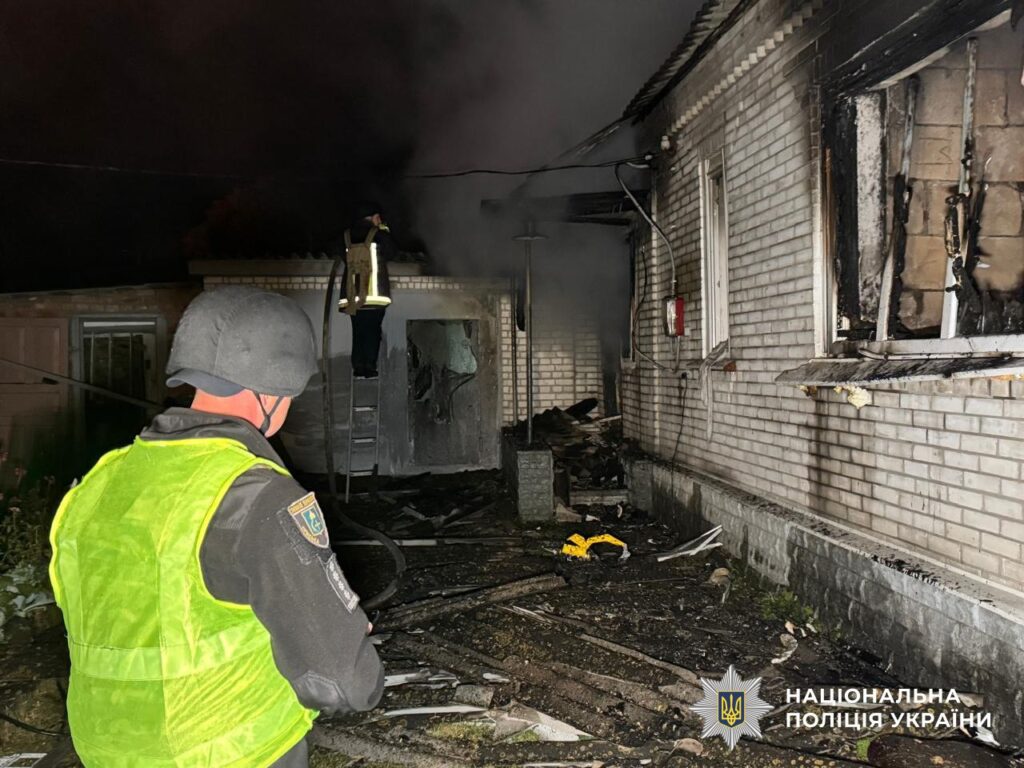
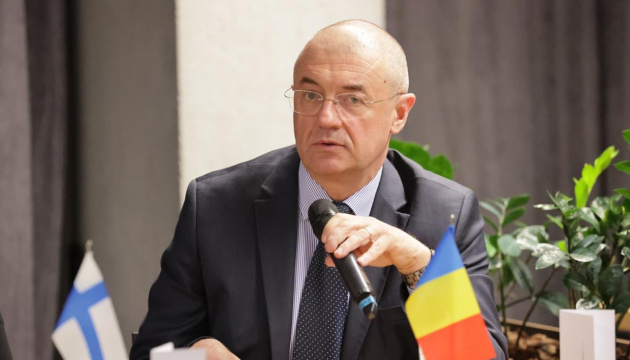

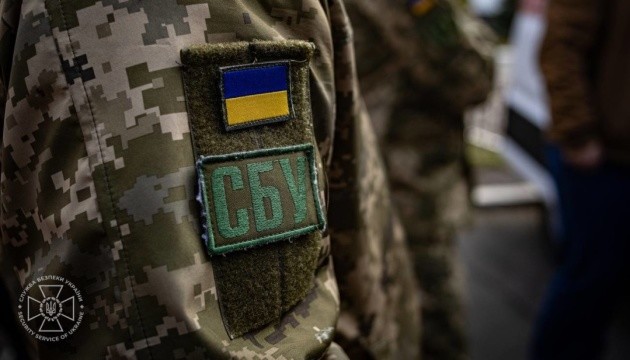

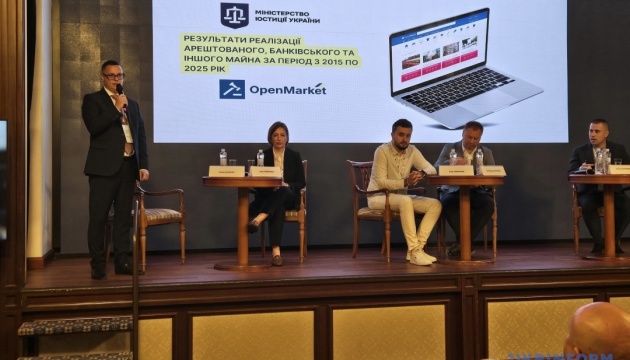

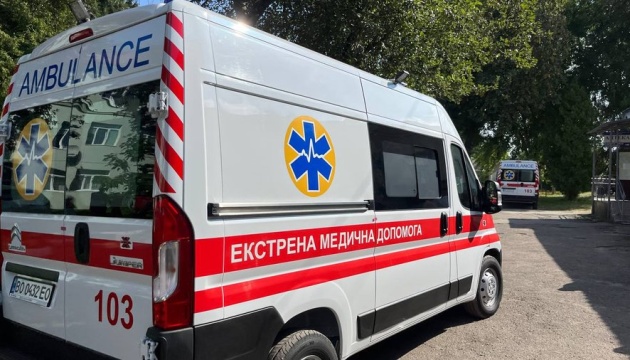

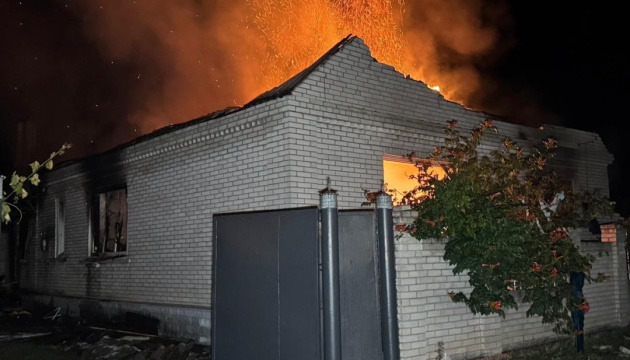

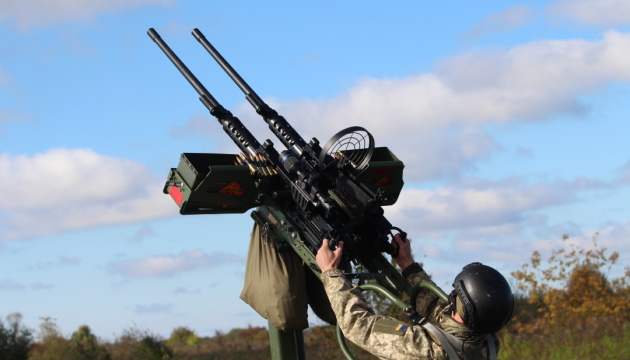

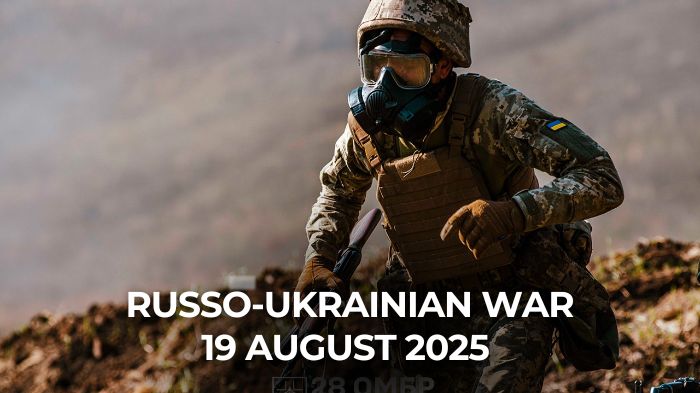

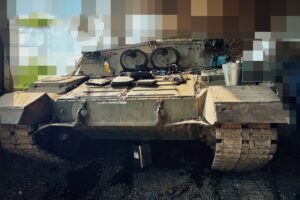 |
Russia’s cozy nuke-proof command vehicle is back in action. Russian industry only produced four or five Ladoga nuclear reconnaissance vehicles. Two wound up in Ukraine. |
 |
From ambush to alliance: Zelenskyy-Trump summit hints at revival of “peace through strength. Something fundamental shifted when the man who promised to end Ukraine’s war in 24 hours discovered Putin won’t negotiate in good faith. |
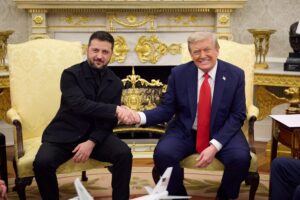 |
Trump–Zelenskyy summit: smiles in Washington, no ceasefire, $ 100bn bill. This Oval Office meeting went better than the last—but the war continues and enforcement remains unclear. |
 |
Ukrainian soldier first fought against Russia and then against Ukraine – his story reveals forced conscription in occupation. Ukrainian defenders captured their fellow Ukrainian fighting in Russian uniform who shared that the occupying authorities had threatened him with up to 12 years in prison for allegedly fabricated charges if he did not join killing of his own people on the front lines. |
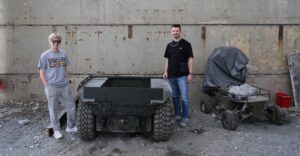 |
Ukraine builds an army where robots die so soldiers don’t have to. A New York tech CEO is finding the answer to Russia’s three-to-one manpower advantage. |
 |
NATO banned weapons to this Ukrainian unit. Now they study its tactics.. Azov went from pariah to the territorial defense case study. |
 |
Zelenskyy demands “everything” for security while Trump hints at vague Article 5-like protection. Ukraine wants weapons, troops, and intelligence support. Trump says he will discuss the guarantees with NATO allies later today. |
Read our earlier daily review here.
You could close this page. Or you could join our community and help us produce more materials like this.
We keep our reporting open and accessible to everyone because we believe in the power of free information. This is why our small, cost-effective team depends on the support of readers like you to bring deliver timely news, quality analysis, and on-the-ground reports about Russia's war against Ukraine and Ukraine's struggle to build a democratic society.
Become a patron or see other ways to support.